Saving Our Seeds of Life
After hearing my hero in the anti-GMO movement Vandana Shiva speak a few weeks ago, I have become inspired to start saving seeds. Of course being informed, rallying around causes, and raising money is all great against Big Agriculture giants like Monsanto, but saving our seeds to insure our connection with organic food is also key. I’m a rebel at heart. The fact that companies like Monsanto want to have a monopoly and patten on all living seeds makes me really furious, and that gets me motivated to rebel against them. They are buying all kinds of seeds right now, all over the world hoping to someday control all the seeds. As Vandana said “It is preposterous! Trying to own a seed is like trying to own life itself.” What once was a hobby for a few small farmers has now become a necessity if we want to make sure we have access to truly organic seeds. Seed saving and seed banks are what we need to support. Some great resources for this are Seed Savers, Botanical Interests, and Baker Creek Seeds.
One really easy crop to harvest is tomatoes. Since I had an abundant tomato season that is just now beginning to wane, I decided to salvage the seeds of a few beauties to plant next year. I also may put a few seeds away in an envelope for my personal seed bank.
Saving Tomato Seeds from Organic Gardening
Harvest ripe tomatoes from several different vines of the same variety, cut each across the middle, and gently squeeze the juice and seeds into a bowl. You’ll see that each tomato seed is encased in a gelatinous coating. (This prevents the seed from sprouting inside the tomato). Remove this coating by fermenting it. This mimics the natural rotting of the fruit and has the added bonus of killing any seedborne tomato diseases that might affect next year’s crop.
To ferment the seeds, add about half as much water as there are tomato seeds and juice in the bowl and stir the mixture twice a day for about 3 days. Keep a close eye on the mixture—especially if it’s a warm area, as fermentation happens more quickly at high temperatures. As the mixture ferments, its surface will become covered with white or gray mold. Don’t keep the bowl in the kitchen, anywhere it can be tipped over by animals or children, or where you’d be able to smell it—it will get pretty rank.
When a thick coat of mold has formed, stop the fermentation by adding enough water to double the mixture, and stir vigorously. The clean, good seeds will settle to the bottom of the bowl. Gently pour off mold, debris and any seeds that float (they’re hollow). Add more water and repeat the process until only clean seeds remain.
Capture the seeds to be saved by pouring the liquid through a strainer, wipe the strainer bottom with a towel to remove as much moisture as possible, then dump the seeds onto a glass or ceramic plate to dry. Stir twice a day to ensure even drying and to prevent the seeds from clumping together.
See more nature friendly tips at The Local Rose.


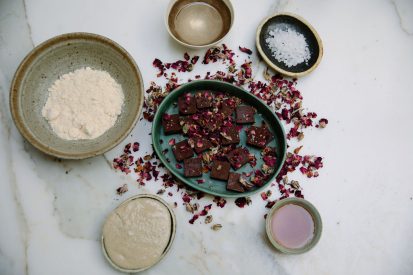




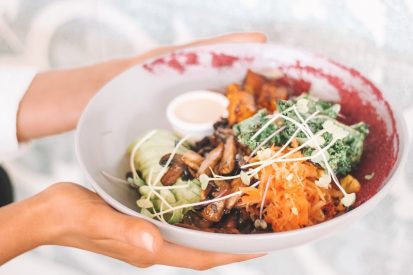




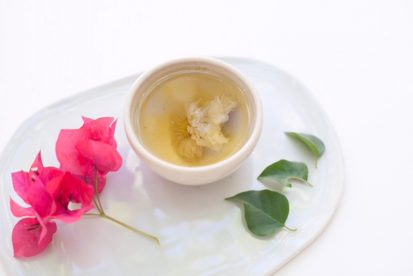
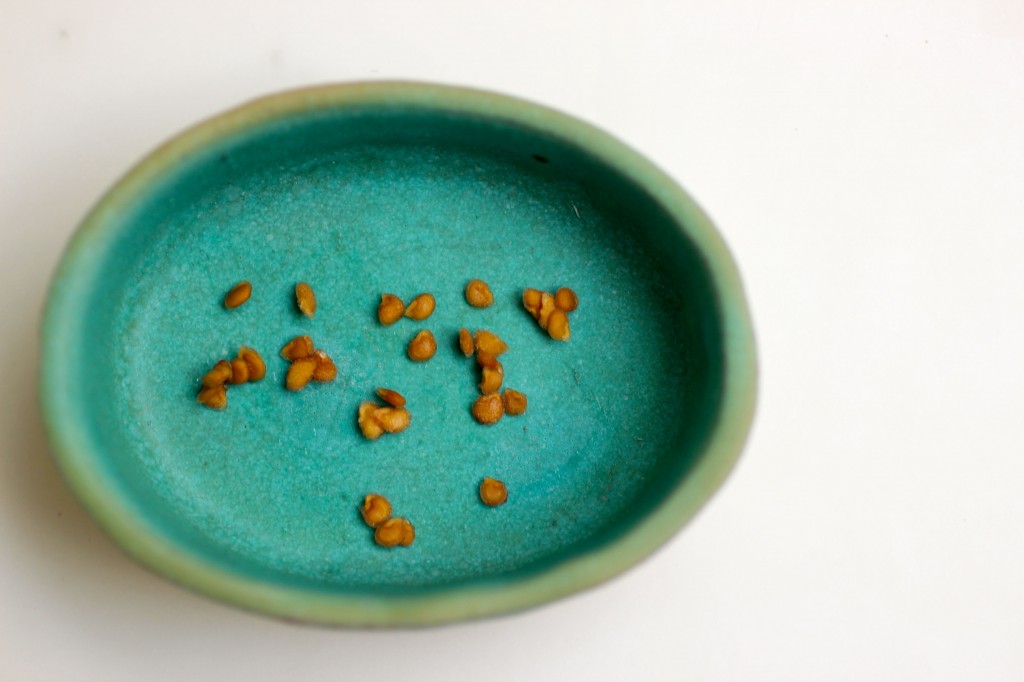

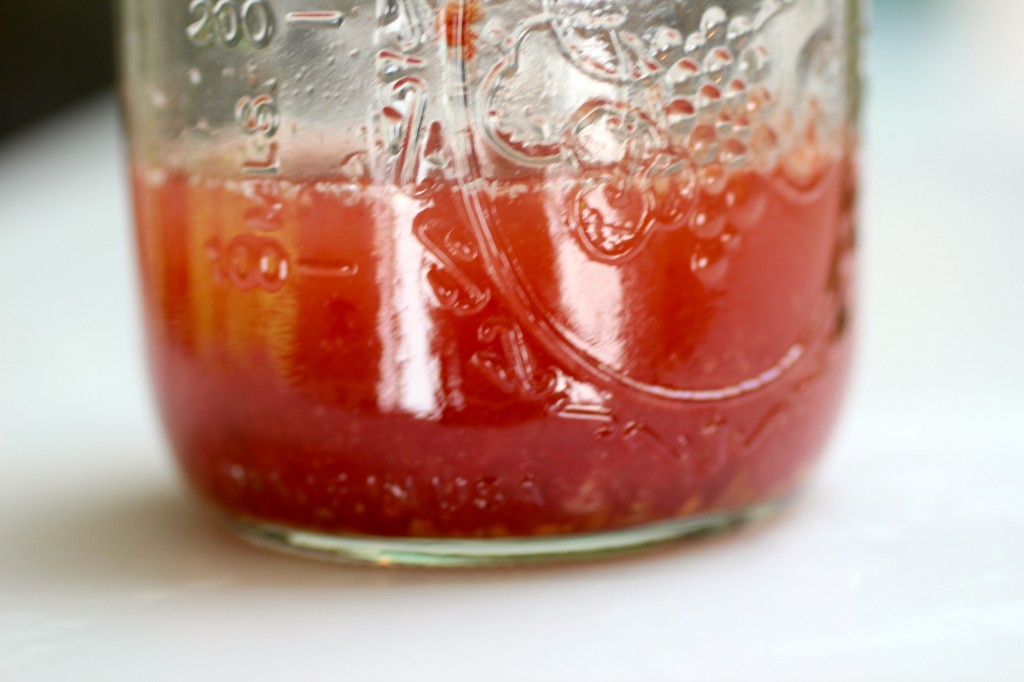
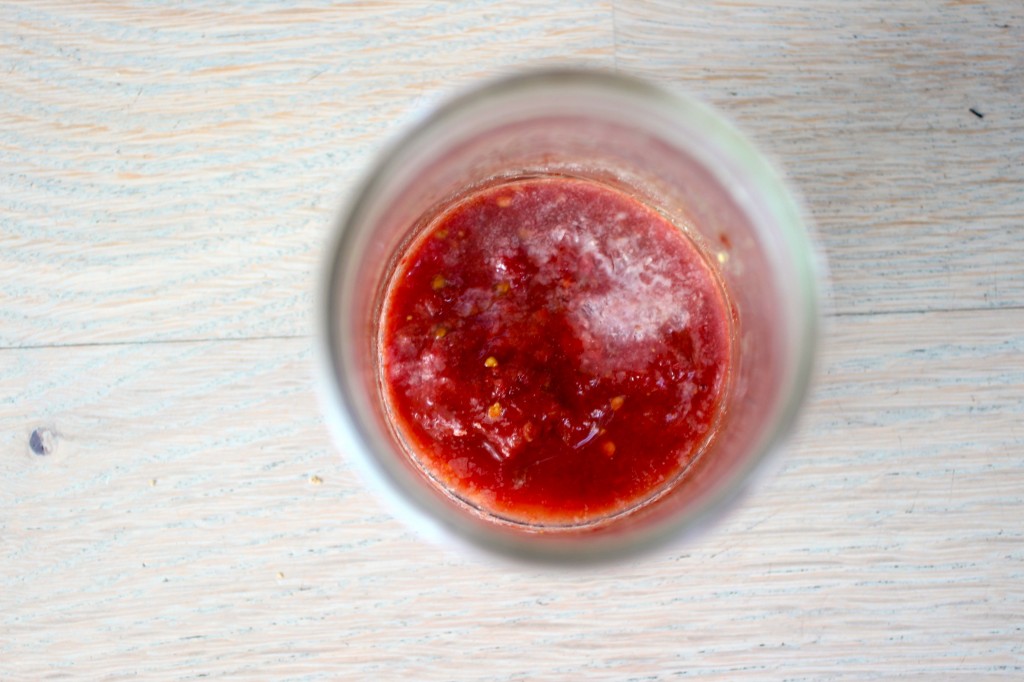




Thanks for sharing! I tried to save some tomato seeds this summer but I dont think I did it right. This explains better than any other source I found!
I’m attending a week long “seed School” in LOS ANGELES February 9th thru 14th. I’m soo excited. The week long course is sponsored by NativeSeeds.org. Please join us if you can. http://shop.nativeseeds.org/collections/courses-and-events/products/ss-la